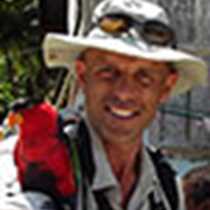At Sea to the Isles of Scilly
On a day at sea there is much that can occupy time. Whether attending a presentation, catching up on a good book or simply relaxing and letting the world pass by. Nothing happens fast when travelling at 14 knots for the 1,300 nautical mile passage between the Azores and the Isles of Scilly.
Throughout the voyage a constant theme has been keeping a watch for passing wildlife from the bridge. It is our unending quest to watch whales and other marine life, but before whales can be watched they have to be found. This involves long periods of searching and watching often not much more than water. But even when searching for marine mammals produces slim pickings, there are other sightings of interest. During the past two days at sea there have been frequent sightings of small clusters of floating…things? What exactly were we seeing?
Our initial puzzlement lead to the analysis of sightings and images, reference to texts and internet searches and finally the conclusion that we have been watching barnacles. A form of pelagic goose barnacle called a bouy barnacle. These animals grow in clusters, sometimes attached to a piece of floating debris but often creating their own float. They drift on the whim of wind and current, filtering their food from the ocean. Initially looking like little more than a piece of flotsam or jetsam, clumped together and strung out in wind-driven lines, the ship has passed thousands of barnacles over the past two days. While no one came on this voyage to see barnacles, their unexpected presence has become a point of interest. Perhaps more interesting to us because of the novelty of the shared experience of discovering that such things exist, spending their seldom noticed lives in the shadow of charismatic mega-fauna such as whales.




